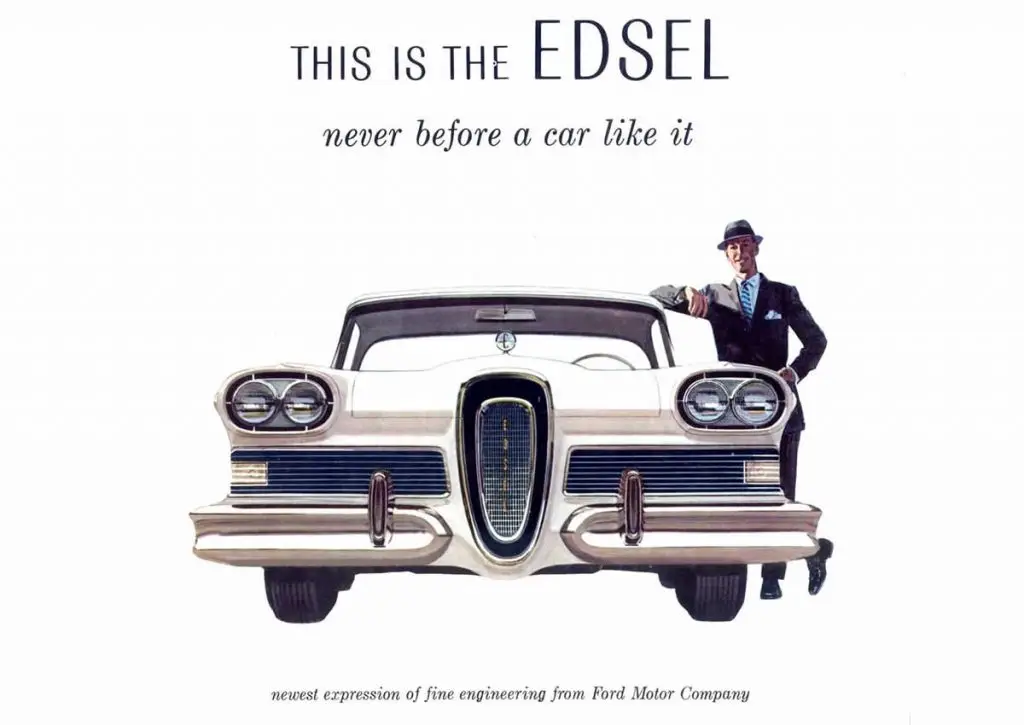This content has been archived. It may no longer be relevant
If you try to find the exact percentage of product launches that fail, you’ll find many different studies with many different conclusions. Any one of them could be true—depending on how you define success. But regardless of the exact number, it’s high—which begs the question, why?
Sure, some ideas were never destined for success. But many products that fail aren’t inherently bad. Let’s look at some of the biggest downfalls of both B2B and consumer product launches so we can learn to avoid them and improve the chances that our good ideas make the cut.
#1) Where’s Your Market Research?
The first and most important reason for failure is lack of research. Successful launches aren’t the result of a hunch. The product is tooled and retooled as you figure out the market for your product, what that market truly needs, and what problem your product is solving. Hunches can be the start of something great, but research is needed to clarify how your hunch fits into the big picture. Spend the time and the money to know exactly where your product is going to fit in.
This research should be done BEFORE your product is fully developed, and not as a last-minute justification for decisions you’ve already made.(1) Save yourself the time and resources of developing unprofitable products that are poor fits for your business model.
Example: Coors Bottled Water. Fresh mountain spring water from the Rockies, why not? Because when people think Coors, they think alcohol, not hydration. Good product, wrong market.
#2) But it’s such a great product, it can’t fail!
Just because you love your product, doesn’t mean everyone else will. Do your research, but more importantly, listen to what it’s telling you. If your target market continues to point out a need your product isn’t providing, then change it. Becoming too attached to one version of your idea means you aren’t adapting. And adaptation is key to survival.
In the same vein, having unrealistic expectations for your revolutionary product is a major pitfall. Too much hype can be a bad thing when your product fails to live up its reputation.
Example: The Segway. Great product, huge buzz, but what do I DO with it?
#3) It’s a product launch, not a party.
Excitement should be ramped up over time. Marketing efforts should not e spent on a single display of fireworks. Pre-sales and lead-up marketing are essential to frame a reference for demand before the launch. This is especially critical with B2B launches. Send out one blast email with everything you need to know and plenty of businesses will sign up for your amazing product! Wrong. Curiosity and excitement need to be piqued and built, and large purchasing decisions need to be considered. Teaser releases, interest gauging, and pre-order offerings all function as ways to ramp up anticipation and gauge potential sales (or lack thereof) before the official launch.
Example: This guy.
#4) You’re still not done launching!
Your launch never ends. Marketers must face that their launch will be forever in beta, a state of continuous improvement that prevents the brand from losing momentum, or worse, stalling out. – Marsha Lindsey, CEO
In today’s market a brand is only as successful as its ability to adapt and continue to generate interest. Launching your product and waiting for the cash to roll in is akin to potting a flower and throwing it in the closet. Updates, upgrades, premium content, and adjusting to consumer demand are all fluid pieces of your launch strategy. When something doesn’t work, change it. When you see something that does work, adopt and expand it.
Success Story: Google and its never-ending stream of beta product es.
Failure: Speaking of beta, the Sony Betamax. The technically superior product, but the team behind it refused to adapt to market demands.
#5) Why should I buy this, again?
Especially in enterprise B2B sales, too often the pitch is centered on the features of the product and not how it actually helps your customers. If you’ve ever been on a corporate product website, you’ve likely seen it covered with specs, reviews, and awards, but little information on how it will actually solve a specific problem in the market or how it fits particular use cases. And if you’re not solving a problem, there’s no incentive for any business to buy your product.
This sin is also frequently committed by poorly trained sales forces rattling off specs and stats in the hopes of landing a sale. Until a potential client can understand what your product does AND why their business needs it, that sale will fail.
In truth, your product launch can fail for an infinite number of reasons.(2) That’s okay because those failures are stepping-stones on your way to success. But you can eliminate unnecessary failures by planning for the things you can control. And never stop adapting.
- http://www.hanoverresearch.com/media/3-Pitfalls-of-the-NPD-Process_Hanover-Research.pdf
- http://samidob.blogspot.com/2011/05/why-most-product-launches-fail.html
Photo: Pixshark
[share title=”Share this Post” facebook=”true” twitter=”true” google_plus=”true” linkedin=”true” pinterest=”true” reddit=”true” email=”true”]






